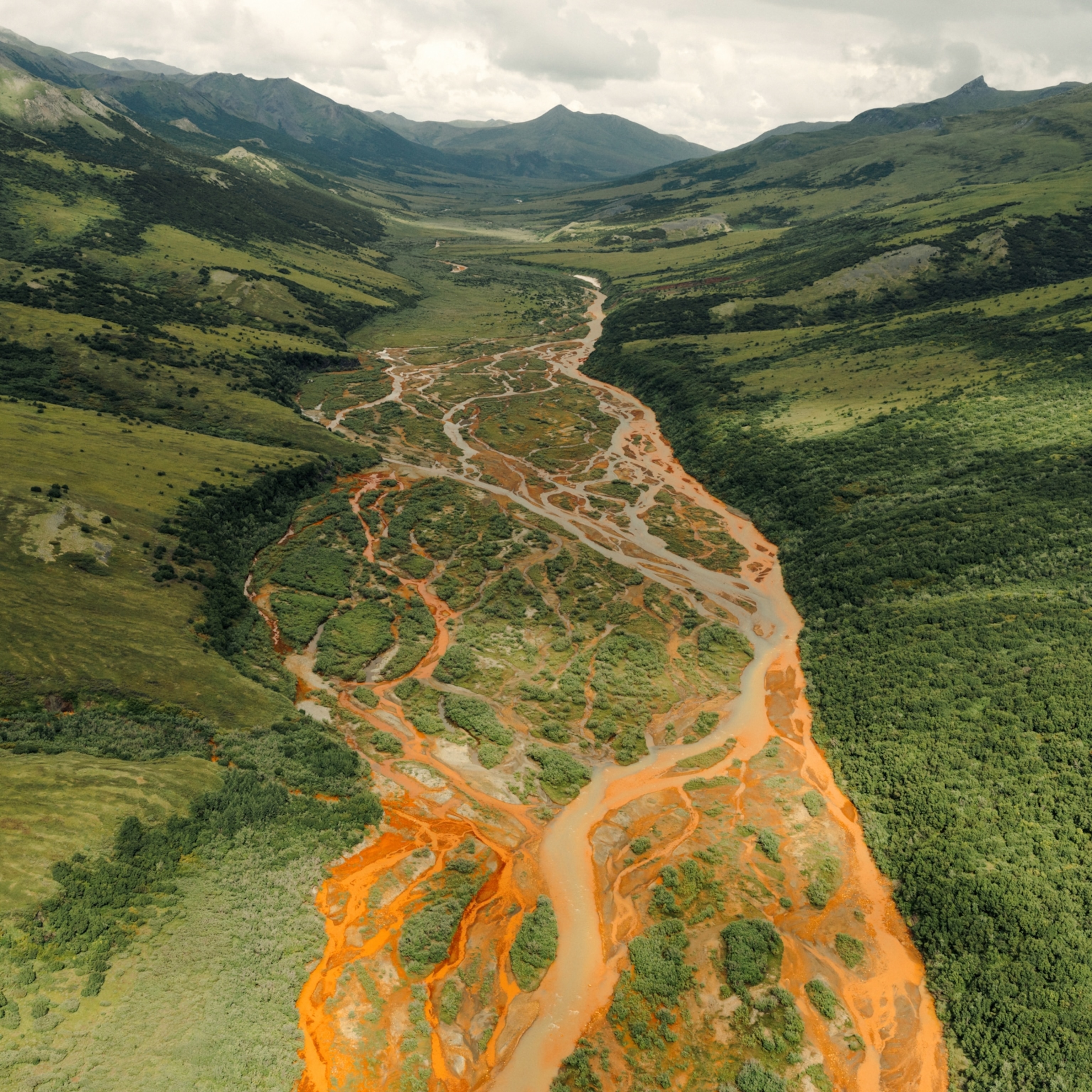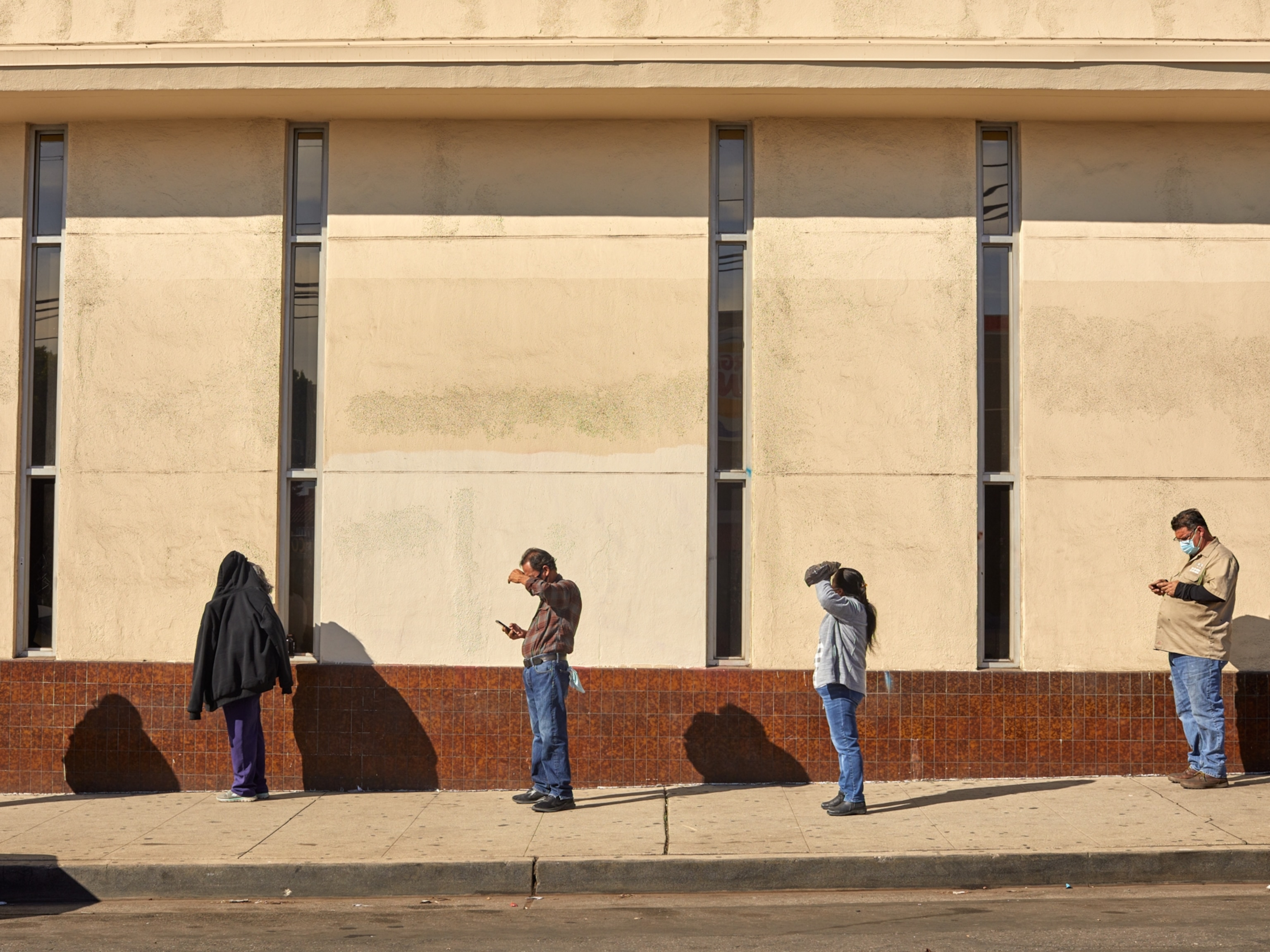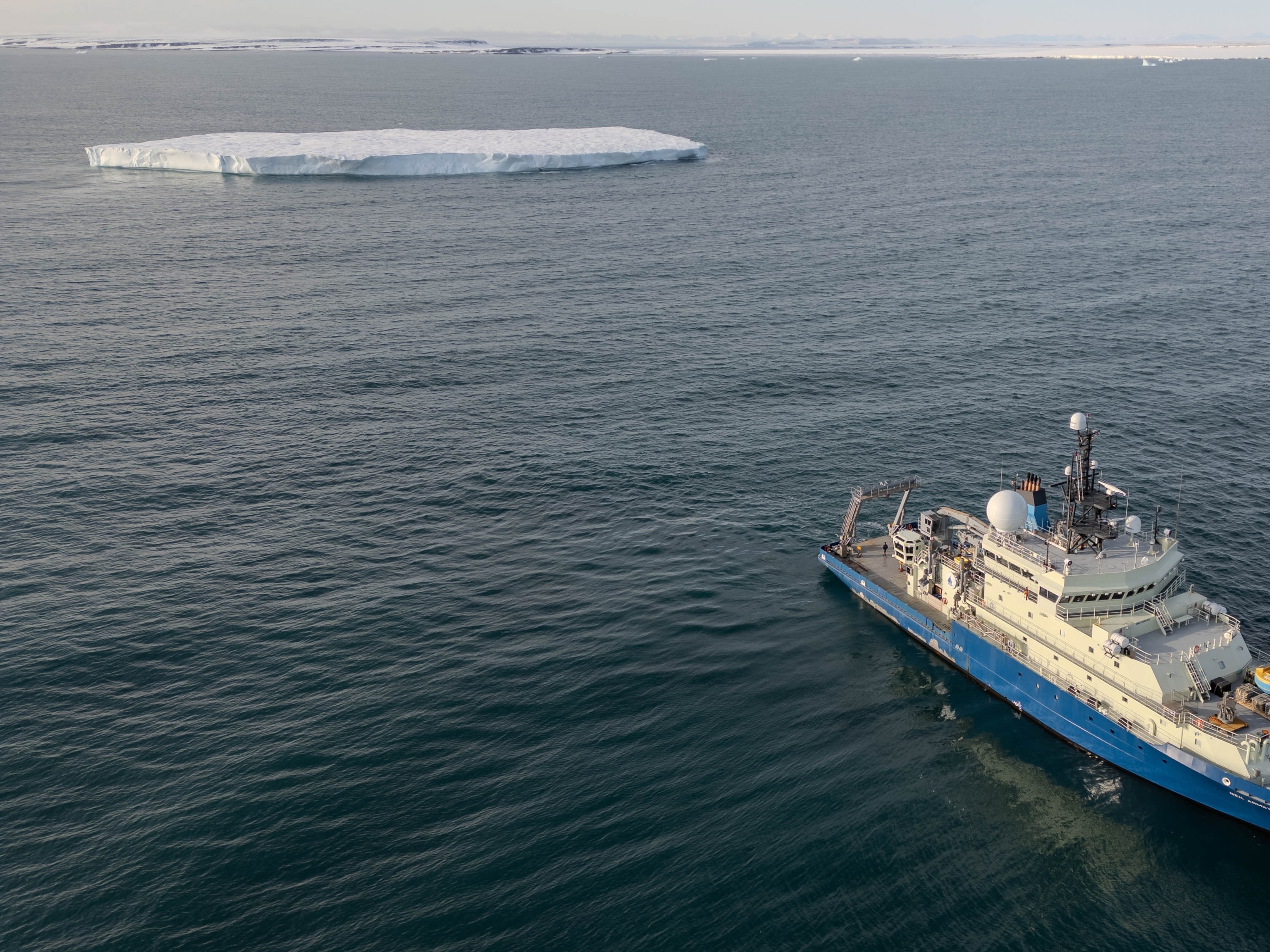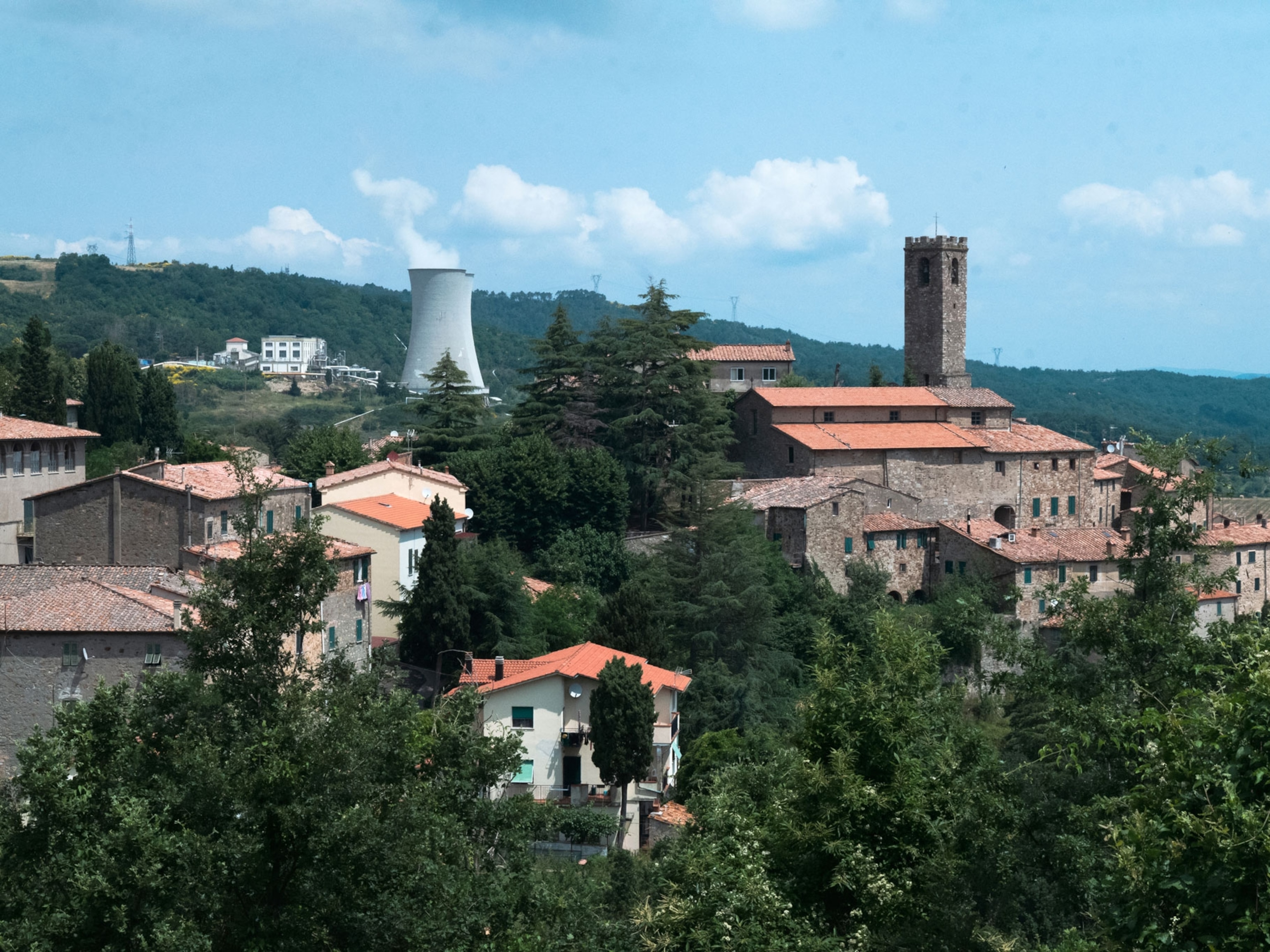10 Easy Ways You Can Help Scientists Study the Earth
From weather monitoring to counting butterflies, these citizen science projects engage the public in environmental issues.
In the late 18th century, Ben Franklin made history when he invented—among other things—the lightning rod and bifocals, two tools that transformed how we understand and experience the world around us. Centuries later, Franklin is not only remembered for his specific contributions but also for serving as an example of a nonprofessional, citizen scientist.
“Hundreds of years ago, before science was specialized, everyone did science,” says Darlene Cavalier, founder of SciStarter, a curated digital database of projects that helps people find ways to get involved in citizen science.
Citizen science is often defined as science research that is conducted by people without formal degrees. It’s been a growing movement that’s gathering information about the world through many disciplines, spurred by the Internet and other new technologies. Many citizen scientists are volunteers who are passionate about the work they do and the contributions they make.
That passion is mutual, says Noah Newman, the education coordinator for the Community Collaborative Rain, Hail, and Snow Network (CoCoRaHS), a non-profit, community-based network of volunteers who measure and map precipitation. Newman regularly hears from participants about how meaningful the projects have been to them or their partners.
“We often get emails from people after their spouse has passed away,” he says. “We will go back and look at their data—only to find that they reported to our website up until the day before they died.”
Over time, the scope of citizen science has been evolving, often with participants taking a more active role in study initiation and design.
For example, Cavalier says, a community might identify a concern in their area and work with a professor to design a study and follow proper protocol—from identifying the right technology to data collection—so that their project is taken seriously by the professional science community.
Hilary Snook is the U.S. Environmental Protection Agency program lead for a project called Cynaobacteria Monitoring Collaborative, which works with citizen scientists and trained water professionals to identify and monitor cyanobacteria—photosynthesizing bacteria that can impact water quality—in bodies of water. Reports from locals in their area are crucial to their mission, Snook says.
Snook mentions the example of the formerly clear White Pond in Concord, Massachussetts, a popular spot for swimming and trout fishing by the local community. But then one day locals woke up to a green cyanobacteria scum along their shorelines, for the first time ever recorded. It closed the swimming beach for the entire season.
“[That case] set off alarm bells and an urgency to find out what had caused this foul-smelling and unsightly cyanobacteria,” Snook says. “Often, [the local community is] who we look to, since we can’t be at all places at all times.”
Kim Elmore is a research meteorologist with NOAA and the University of Oklahoma and program leader for mPing, a project that crowd-sources weather data. In early 2013, the nascent mPing was receiving reports from both a professional weather forecaster who was traveling and citizen observers along that route.
“We found that they matched very well, and so worries we had about the accuracy of reports were pretty much relieved,” says Elmore.
As trust in and reliability of citizen science increases, so does its footprint on policy. In fact, a 2013 paper showed that data collected from citizen scientists is the bedrock for nearly 77 percent of studies on birds and climate change.
With the political climate tightening the leash on agencies’ ability to conduct research and monitor data, citizens have more reason to start picking up the slack, says Cavalier. So whether it’s studying water quality or soil samples, now is the time to start paying attention, recording data, and sharing it with people authoring papers that can help make a difference, she says.
“I can’t imagine in recent history where it has been more important for people to start taking matters into their own hands,” Cavalier says.
Here are 10 citizen science projects you can get involved with today:
1. mPing is a free app for mobile devices that, when it was first launched, was intended to record wintertime precipitation. It has since evolved to include observations of hail and other weather patterns.
2. Pieris Project asks citizen scientists to record information about Pieris rapae, or the white cabbage butterfly. The goal is a comprehensive database about this one insect that may also shed light on wider relationships between organisms and their changing environments.
3. NASA Observer Cloud App allows citizen scientists to work with NASA scientists as they document cloud observations and their changes.
4. CoCoRaHS, or the Community Collaborative Rain, Hall & Snow Network, is an opportunity for communities to measure and map precipitation patterns, including rain, hail, and snow, using low-cost equipment.
5. SmartFin connects surfers and their communities with issues affecting ocean health. The data collected is used to better understand ocean trends and mobilize communities to take action against problems caused by climate change.
6. Cynaobacteria Monitoring Collaborative relies on reports from local communities to identify the timing and occurrence of harmful algae blooms and their impact on water health.
7. Cyclone Center is a project that collects information about tropical cyclones by having participants answer questions online about tropical cyclone imagery.
8. RinkWatch is a digital project that asks everyday citizens to track climate change through backyard skating rinks. Volunteers provide the location of their backyard rink and document the number of days they can skate.
9. Nature's Notebook engages with the public by asking volunteers to make ongoing observations about the flora and fauna they find in their yards.
10. StreamSelfie is a simple way to get involved with water quality monitoring. Citizen scientists are asked to take a selfie in front of their local streams and share it.







